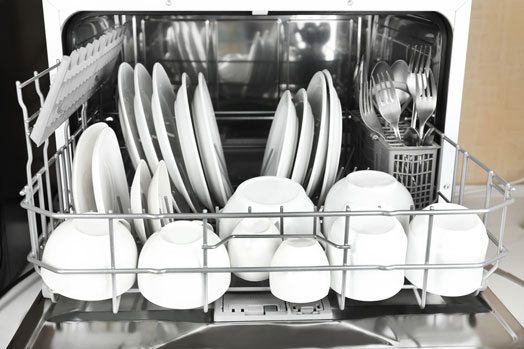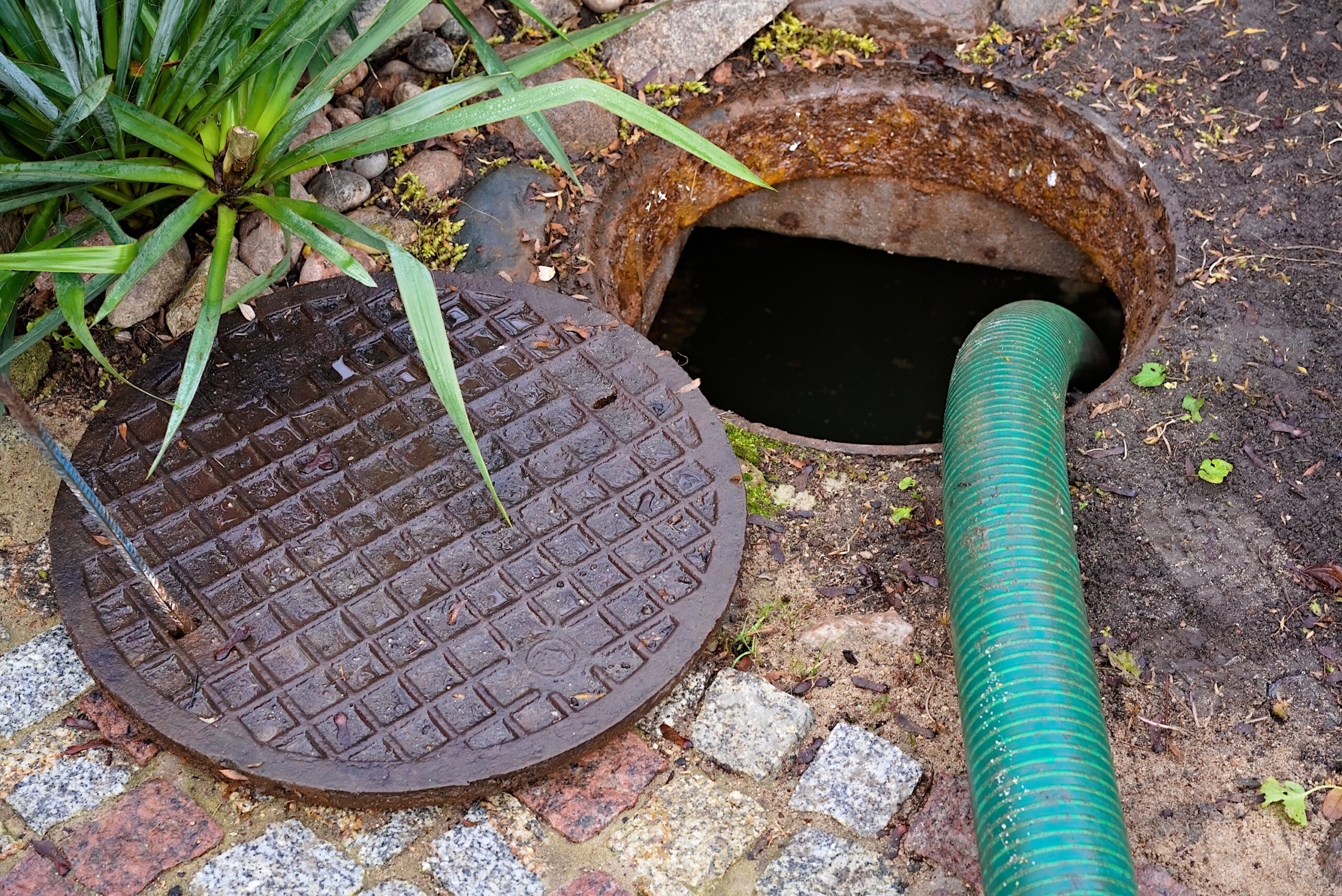
Install low-flow Water Fixtures
Making the switch to low-flow water fixtures can dramatically reduce your household water usage and monthly bill. If your faucets, showerheads, or toilets were installed prior to 1995, you should consider upgrading to modern fixtures that offer greater water efficiency for numerous reasons. Many modern faucets use 40% less water and modern showerheads use up to 50% less water than pre 1995 water fixtures.
Prior to 1995, toilets could use up to 5 GPF (Gallons Per Flush) while modern toilets use an average of 1.6 GPF. Many newer models offer a dual flush option where a lower water usage option is available for liquid waste, and a slightly higher water usage option is available for solid waste.
Upgrading your house to low-flow water fixtures can dramatically reduce water consumption while also decreasing the amount of wastewater flowing into your septic tank – which is vital to proper septic system maintenance.
For more information on low-flow water fixtures visit Energy.gov
Check for Leaks

Check all faucets and appliances periodically and fix leaks promptly. Even a seemingly minor drip can waste multiple gallons of water per day. Check your sinks, toilets, showers and outdoor spigots frequently to avoid costly and unnecessary waste.
Have a trusted and reputable plumber fix the concerning issue promptly, so you can avoid the mounting water use that can occur from leaks. Many households don’t realize what a large impact drips and leaks can have on their monthly water bill.
Monitor Lawn & Garden Water Usage

A typical family of four uses almost 30% of their water on yard maintenance. In addition to monitoring your outdoor spigots for leaks, monitor your outdoor sprinkler systems for optimum water efficiency.
It is not uncommon for sprinklers to over spray onto sidewalks, driveways and patios. By making simple adjustments to the spray direction on your sprinkler heads you can conserve water and maximize your sprinkler coverage.
It is also recommended to put your sprinkler system on a timer that only waters in the evening hours. You can reduce water evaporation from the sun and ensure your lawn or garden is receiving the optimal amount of water for healthy growing conditions. Don’t forget to turn your irrigation systems off during rain.
For more tips and information on lawn & garden water usage visit Energy.gov
Purchase Water Efficient Appliances
Washing Machines

Using an Energy Star certified washing machine can reduce your water usage by an average of 35%. If you’re like most American households, racking up around 300 loads of laundry a year, that’s a huge impact.
Energy Star certified appliances are available at all major retailers, and manufacturers are required to meet specific water and energy efficiency guidelines to earn such a labeling. In some cases, you can even earn tax credits for purchasing the environmentally friendly appliances.
Visit www.energystar.gov/products/certified-products for a list of certified products.
Dishwashers

Most households run the dishwasher multiple times a week, if not every day. Making the switch to a more water efficient dishwasher can save an average of 10 gallons per cycle.
In terms of dishwashers and septic tanks, the volume of water used from a dishwashing machine shouldn’t be an issue if your septic system is in good working order. However, limiting the amount of water that is discharged from your dishwasher will help maintain a healthy septic system.
Improve Water Filtration Efficiency

Not all systems for filtering your water are created equally. A typical Reverse Osmosis filter, for instance, can create up to 5 gallons of waste for every one gallon of purified water produced. However, discharged water is often suitable for other household uses.
Look for ways to reuse this water for increased efficiency – consider applications like laundry or outdoor watering. Some jurisdictions have different rules than others as far as regulations for usage of such water is concerned, so be sure to verify what the rules are in your area before making drastic changes to your water filtration system.
For more information on Reverse Osmosis systems visit www.allianceforwaterefficiency.org











